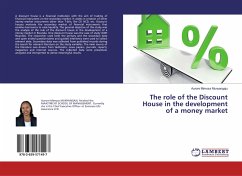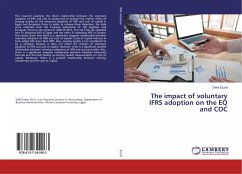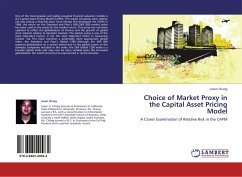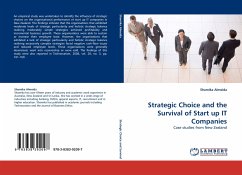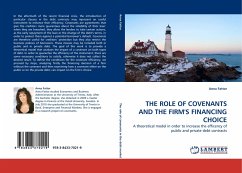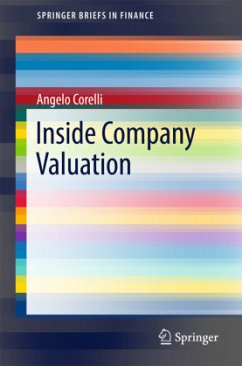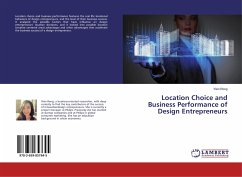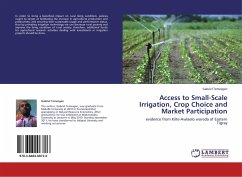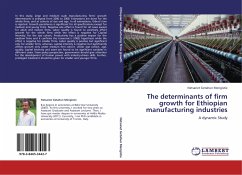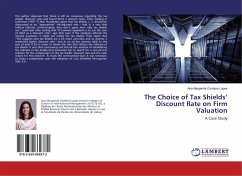
The Choice of Tax Shields' Discount Rate on Firm Valuation
A Case Study
Versandkostenfrei!
Versandfertig in 6-10 Tagen
36,99 €
inkl. MwSt.

PAYBACK Punkte
18 °P sammeln!
The author observed that there is still no consensus regarding the tax shields' discount rates and found there a research topic. After reading in Luehrman (1997: 7) that "Academics agree that tax shields, (...), should be discounted at an "appropriate" risk-adjusted rate - that is, a rate that reflects riskiness. Unfortunately, they don't agree how risky tax shields are." Luehrman after stating that "A common expedient is to use the cost of debt as a discount rate", says that even if the company affords the interest payments, it might not realize the tax shields. Then claims that "This suggest...
The author observed that there is still no consensus regarding the tax shields' discount rates and found there a research topic. After reading in Luehrman (1997: 7) that "Academics agree that tax shields, (...), should be discounted at an "appropriate" risk-adjusted rate - that is, a rate that reflects riskiness. Unfortunately, they don't agree how risky tax shields are." Luehrman after stating that "A common expedient is to use the cost of debt as a discount rate", says that even if the company affords the interest payments, it might not realize the tax shields. Then claims that "This suggests that tax shields are a bit more uncertain and so deserve a somewhat higher discount rate." and in an ad hoc manner adds to the cost of debt 0.5% in order to obtain the rate that reflects the riskiness of tax shields. It was that controversy and this ad hoc solution of establishing the riskiness of tax shields that motivated her to search for a non-ad hoc solution for the computation of thetax shields' discount rate and the main reason for this research. To study this controversial topic it was necessary to study a problematic case: the valuation of Cruz Vermelha Portuguesa-SGH, S.A.



